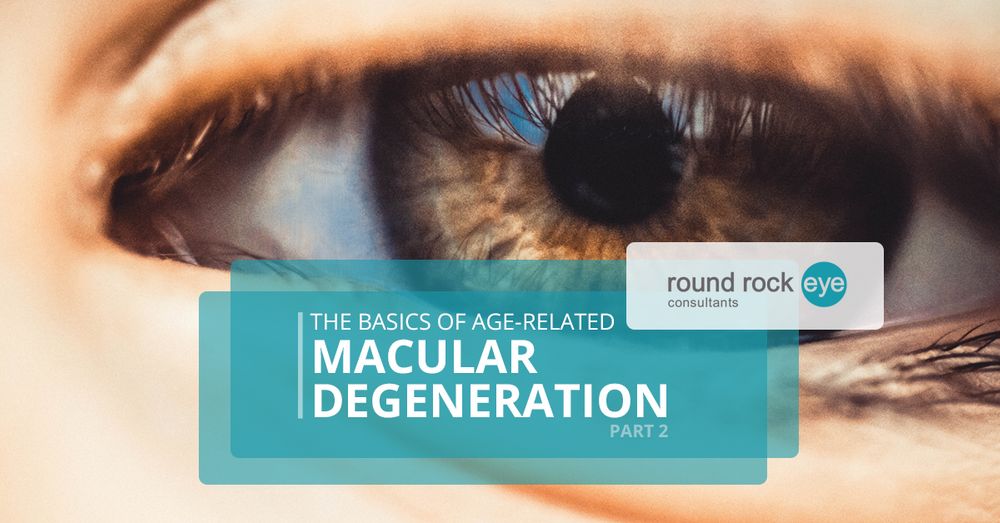Whether you have recently been diagnosed with AMD, or if you’re searching more comprehensive treatment plans for your ocular issues, we’re here to help. Round Rock Eye Consultants offers a rich variety of treatment plans that are tried-and-true so that we can provide the people of Central Texas with the highest level of care possible. Every good doctor knows that their patients are the best at understanding their own physical experience.
In our previous article, we discussed how AMD progresses and how it affects the interior of your eye. In this article, we’ll continue to explore the realities of this disease and what you can do to both recognize the symptoms and address them with our assistance.
Who Is At Risk of AMD?
Age is unfortunately the main risk factor for AMD symptoms. While AMD usually occurs around the age of 60, it can start to rear its head earlier, especially if there contributing risk factors are present. Smoking, for example, is one of the more significant factors which increases the risk of having AMD later in life. In fact, it doubles the rate of likelihood. There are, however, a variety of factors that make a patient more likely to fall victim to the disease, such as race and genetics. Caucasians experience a higher risk rate than Hispanics or those of African American descent. Additionally, people who have a family member with AMD are at a much higher risk of developing the disease. Presently, there are no direct genetic tests that can predict AMD. Scientists have performed several studies on the benefits of exercising regularly and maintaining normal blood pressure and cholesterol levels, and results indicated that these behavioral influences can aid in avoiding AMD altogether.
How Do I Know If I Have AMD?
In general, the early stage and even mid-level stage of AMD are hardly ever heralded by symptoms. A detailed dilated eye exam can detect AMD in most cases. The test will include a visual acuity test, that measures how well you see at a distance as well as the dilated eye exam. The dilated eye exam generally follows when the eye is widened with drops that allow your ophthalmologist to see the full structure of your eye more clearly. Your retina and optic nerve are observed in this way, and your eye doctor can examine them for any signs of optic nerve damage or other damage to your eye.
Get Tested For AMD at Round Rock Eye Consultants in Central Texas
If you’re concerned about your eyes continued optimal function, reach out to us. We’re happy to help you diagnose and conduct comprehensive treatment plans that solve issues like AMD. Reach out to us with all of your ophthalmologist needs. We’re eager to hear from you because we’re passionate about the folks in Central Texas.

